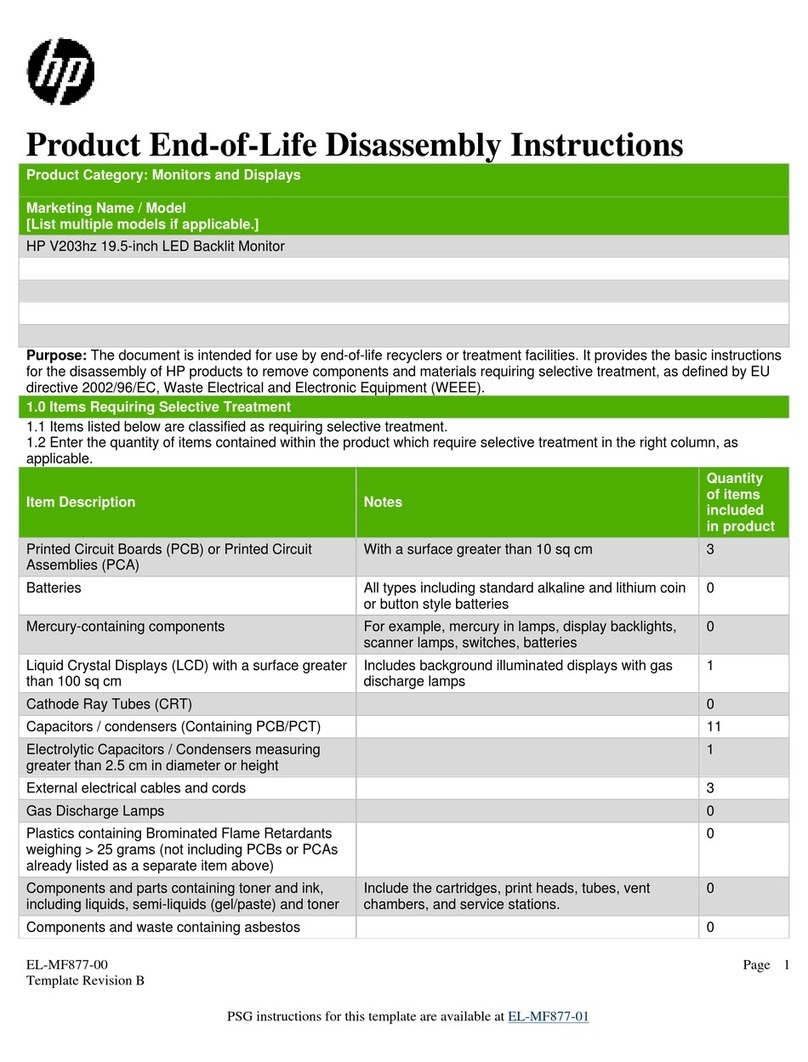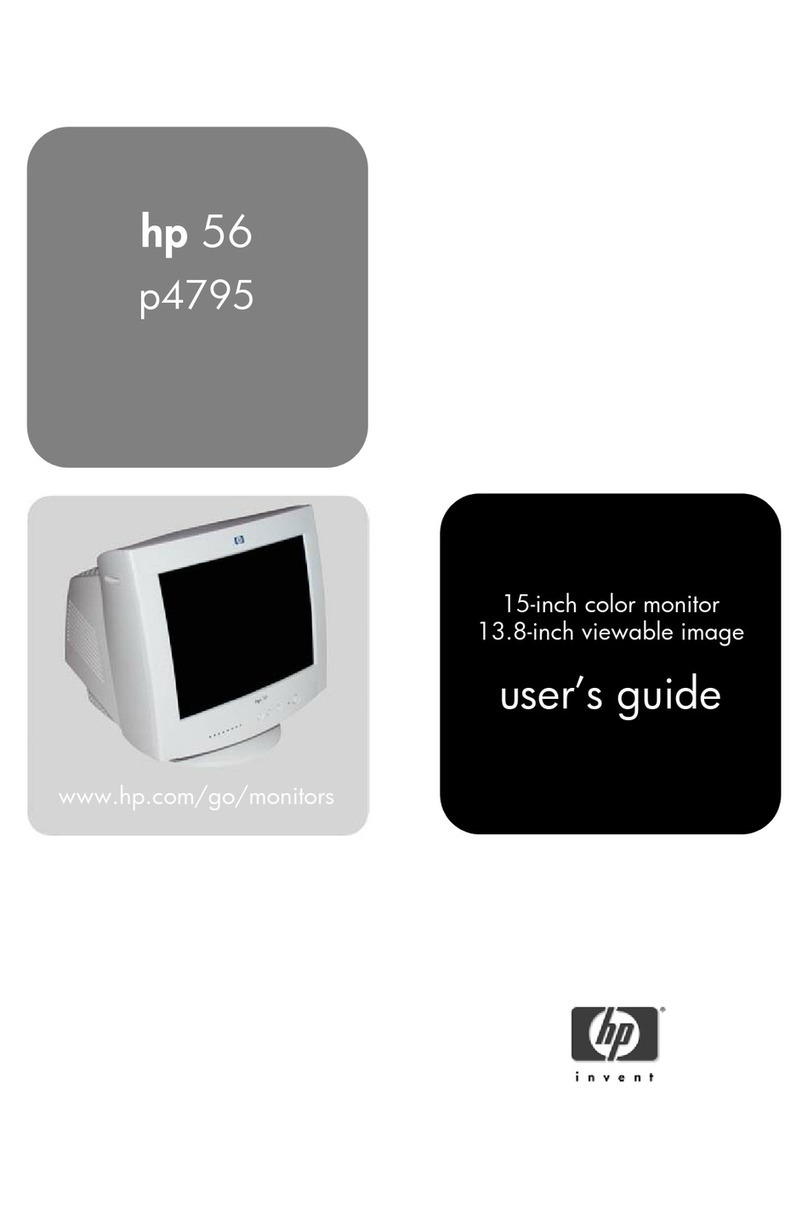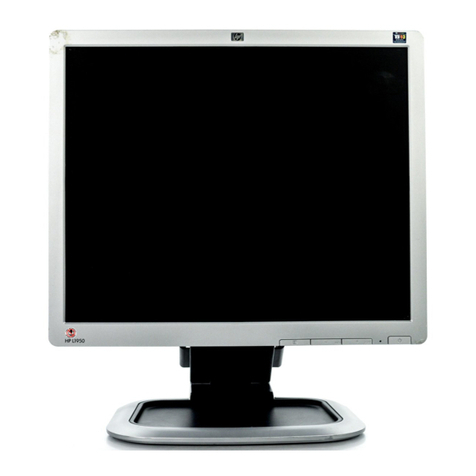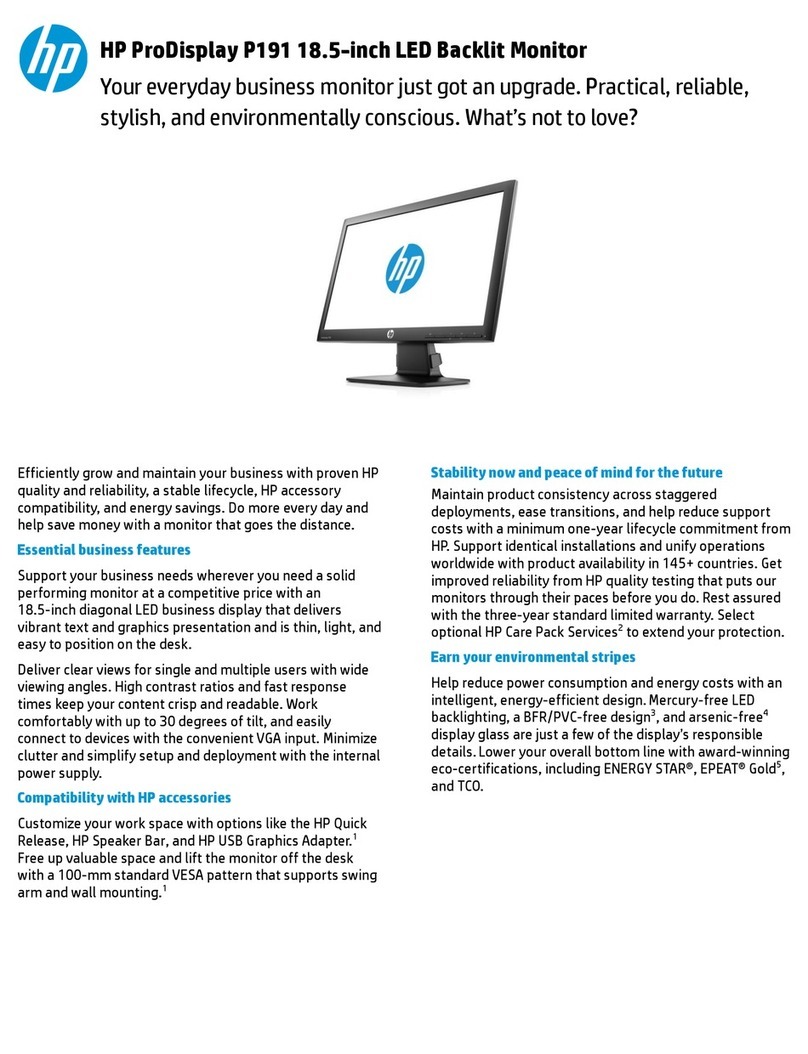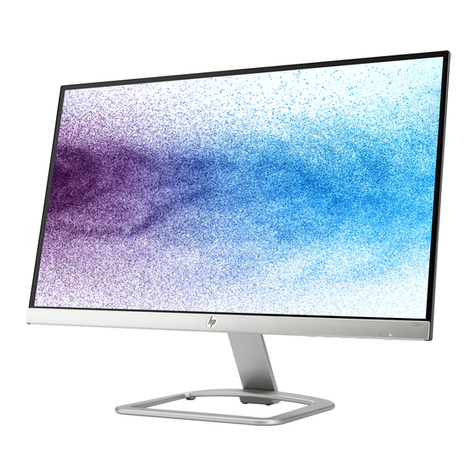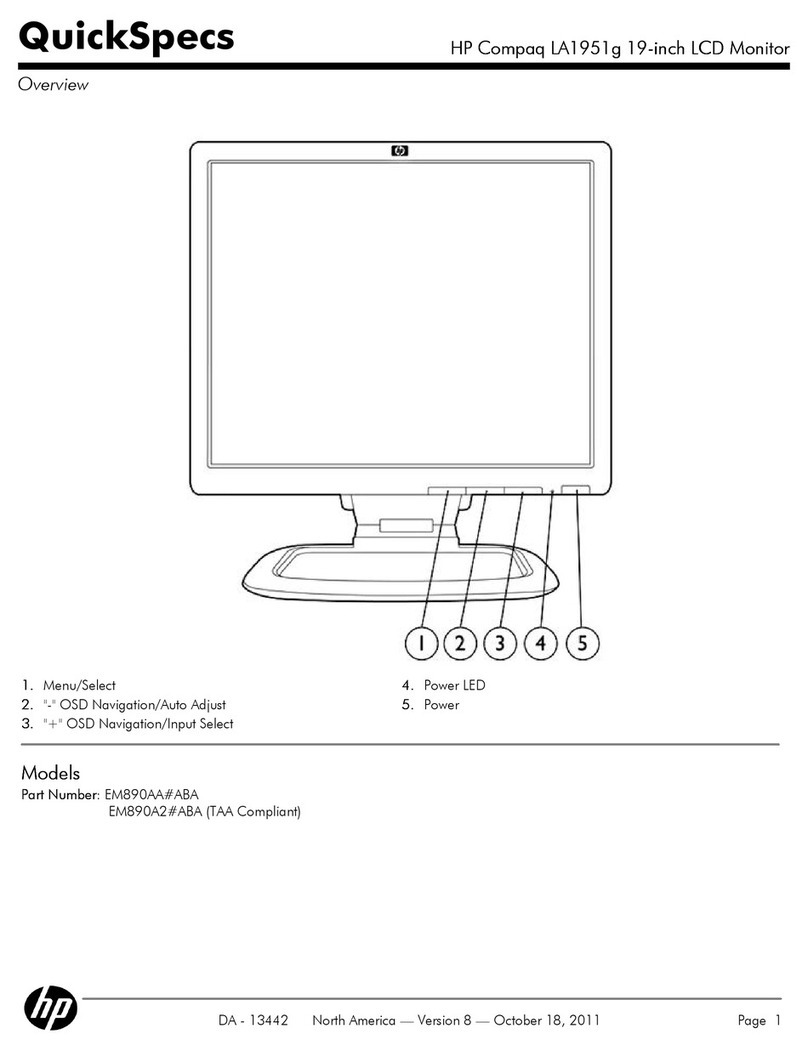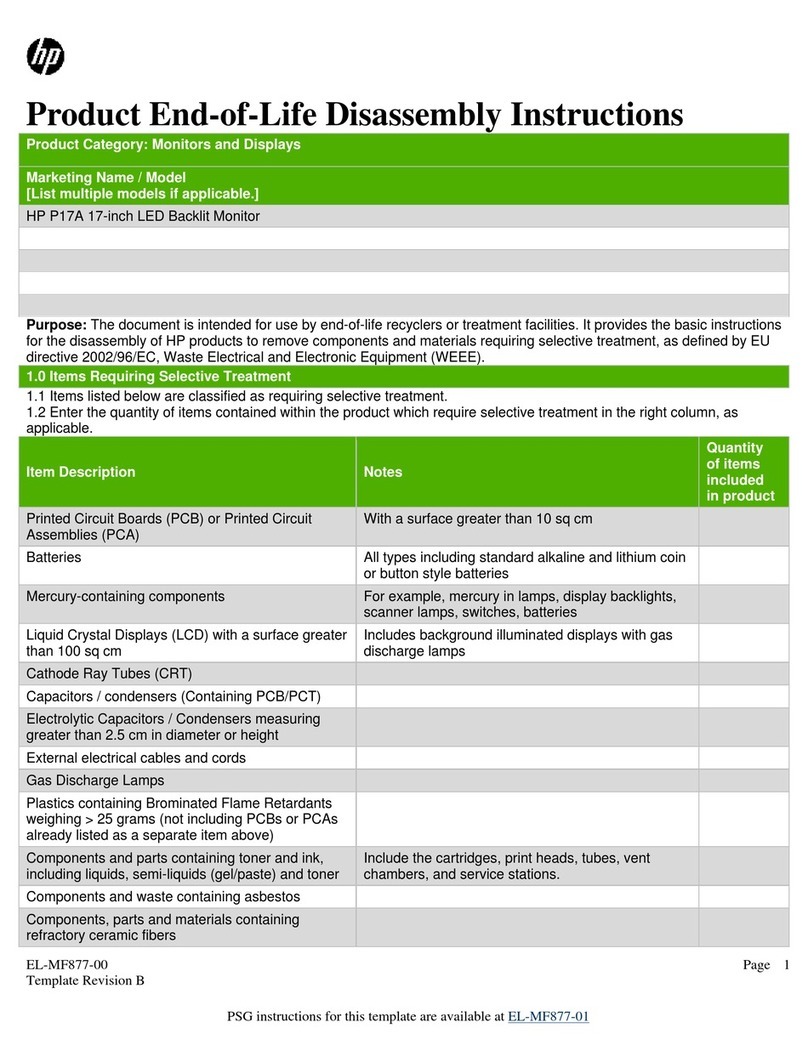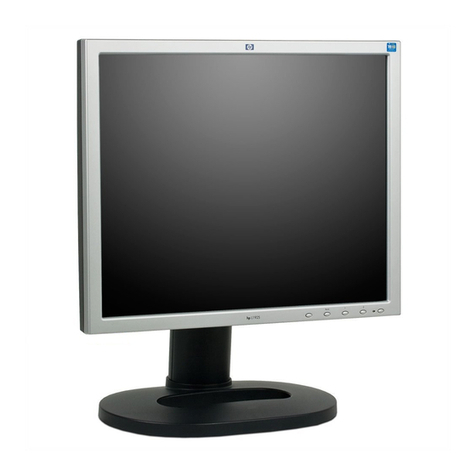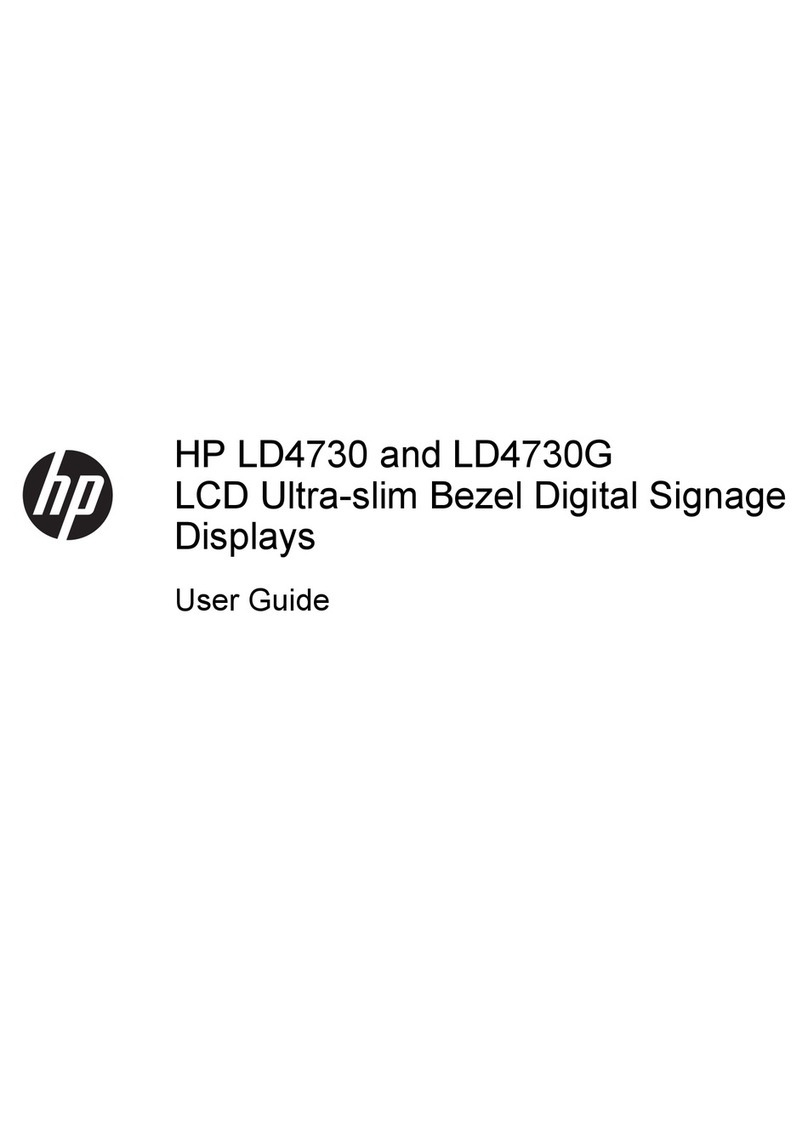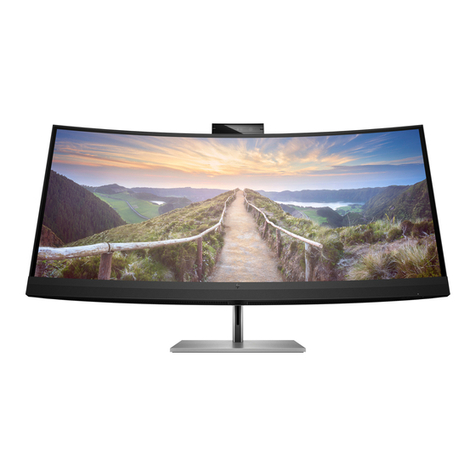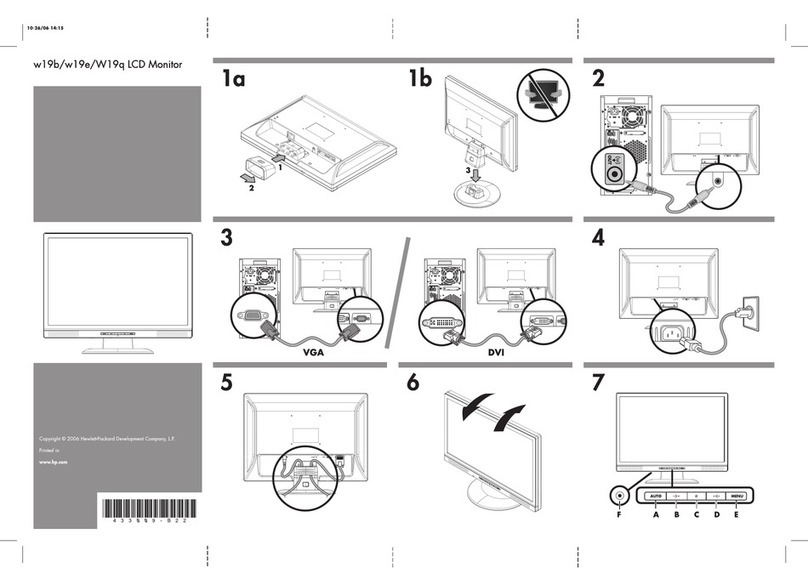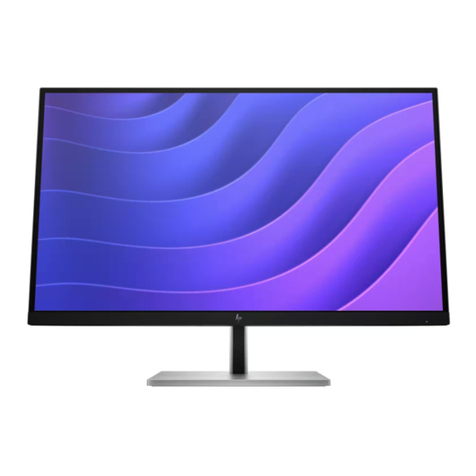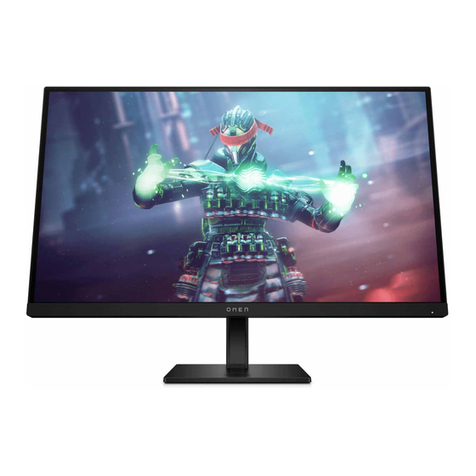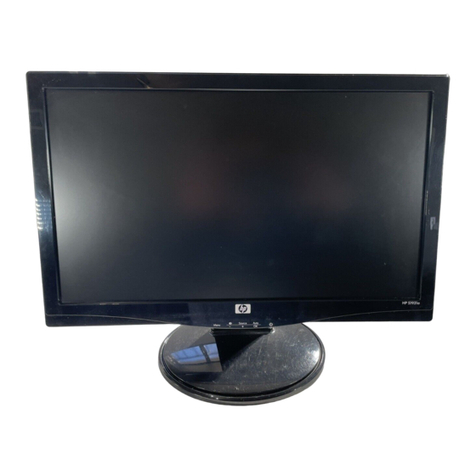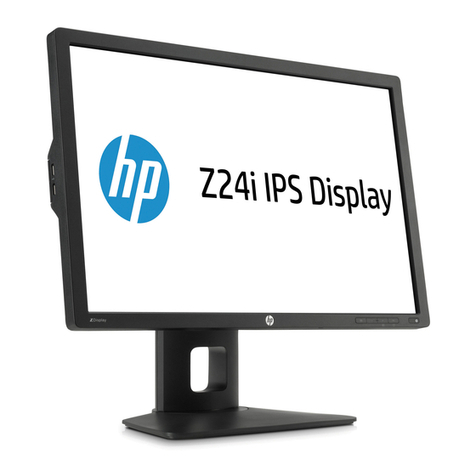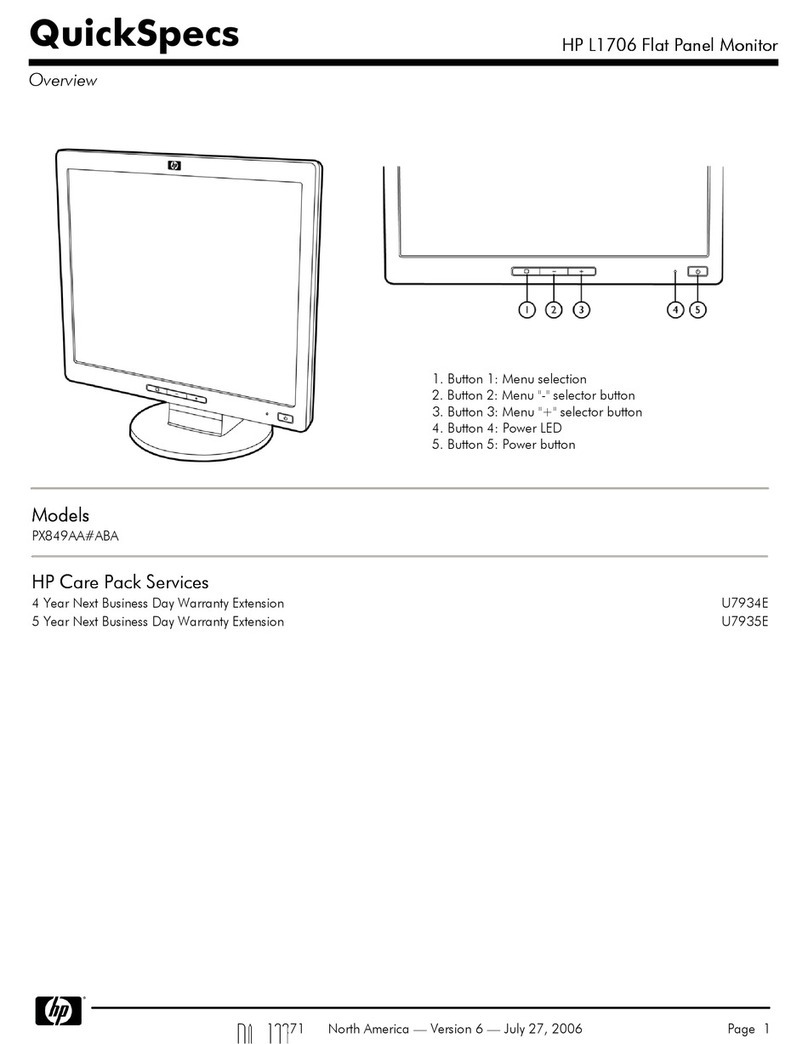
7
HP DreamColor Technologies
In March 2007, HP introduced an integrated system of use models, technology, and products that
provide accuracy and predictability for digital color workflows. The system, called HP DreamColor,
leverages the standards described earlier in this paper, and introduces software and hardware
products specifically designed for color accuracy and predictability. HP DreamColor technologies
makes color management—which once required specialized equipment, highly trained personnel and
multiple, complex processes—a more intuitive process with fewer steps.
Background
HP DreamColor was originally defined to meet the standards for color accuracy required by the
animation industry, specifically to support HP’s collaboration with DreamWorks Animation SKG™
and their creation of the Shrek series of animated movies. DreamWorks animators must absolutely be
able to depend on accurate color reproduction, from the animator’s desk to the movie theater3and
into the home.
Specifications
At a minimum, the HP DreamColor system specifies a hierarchy of device requirements, including4:
Specifications for media, ink, and toner properties with respect to color gamut, dynamic range, and
stability over time, etc.
Device repeatability—predictability in color reproduction from one operation to the next.
Device accuracy—the degree to which in-gamut colors can be reproduced correctly.
Cross-device predictability—the degree to which a consistent color appearance can be maintained
across a wide range of display or printing technologies with widely varying gamuts.
Reproduction quality—the degree to which the system produces pleasing reproductions that
optimally utilize the capabilities of each available medium.
Initial products that employ HP DreamColor technologies are professional photo printers and digital
presses, including the HP Designjet Z2100/Z3100 Photo Printer series, the HP Indigo 5000 and
ws4500 presses, and the HP Photosmart Pro B9180 Photo Printer.
As an example of an implementation of HP DreamColor technologies, the HP Designjet
Z2100/Z3100 Photo Printer includes a spectrophotometer for printer calibration that delivers print-to-
print and printer-to-printer color predictability. The spectrophotometer can be used to automatically
generate ICC profiles that adapt the printer to different media and print workflows.
Of course, the latest product from HP that utilizes HP DreamColor technologies is the HP DreamColor
LP2480zx Professional Display.
3For more information on HP DreamColor and Shrek, see http://h30267.www3.hp.com/country/us/en/features/dreamcolor/index.html.
4“HP DreamColor Summary,” Dr. Johan M. Lammens, Senior Color Scientist, HP Large Format Printer Group, October 2007.
